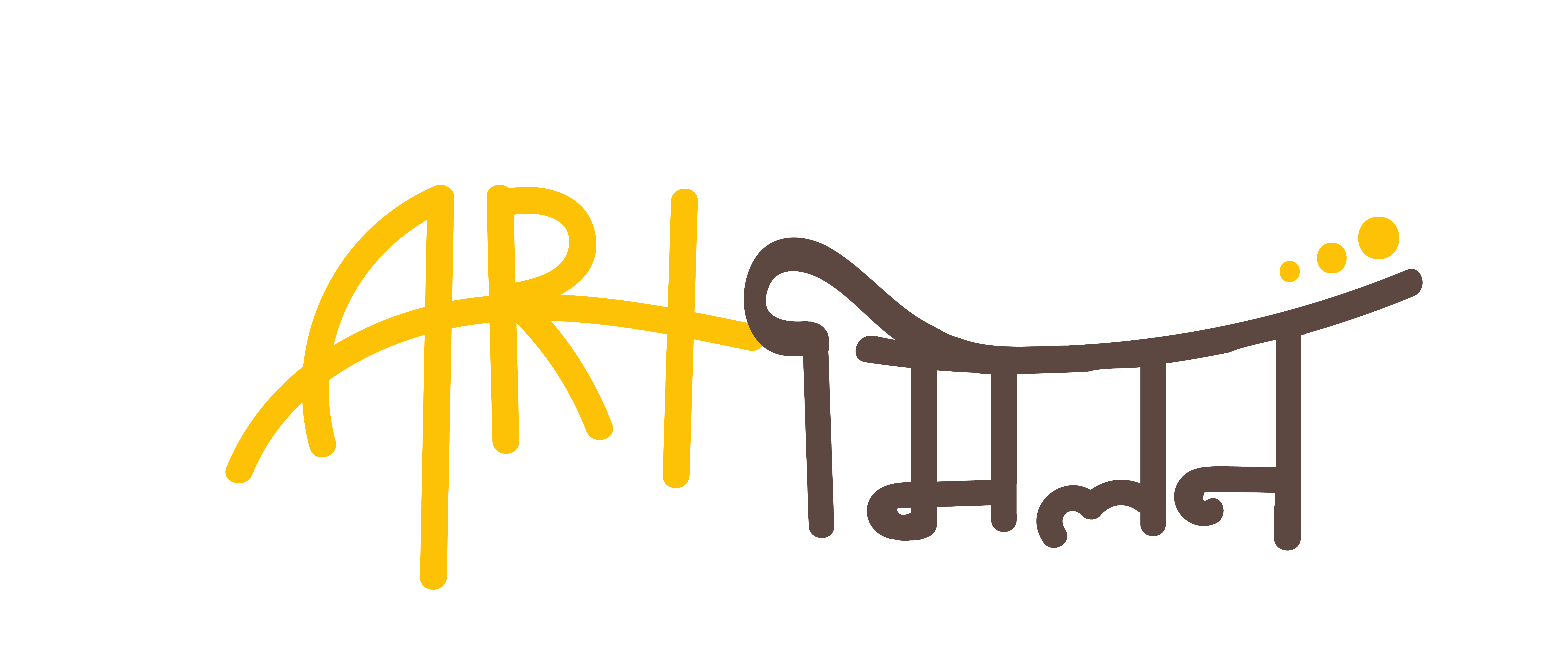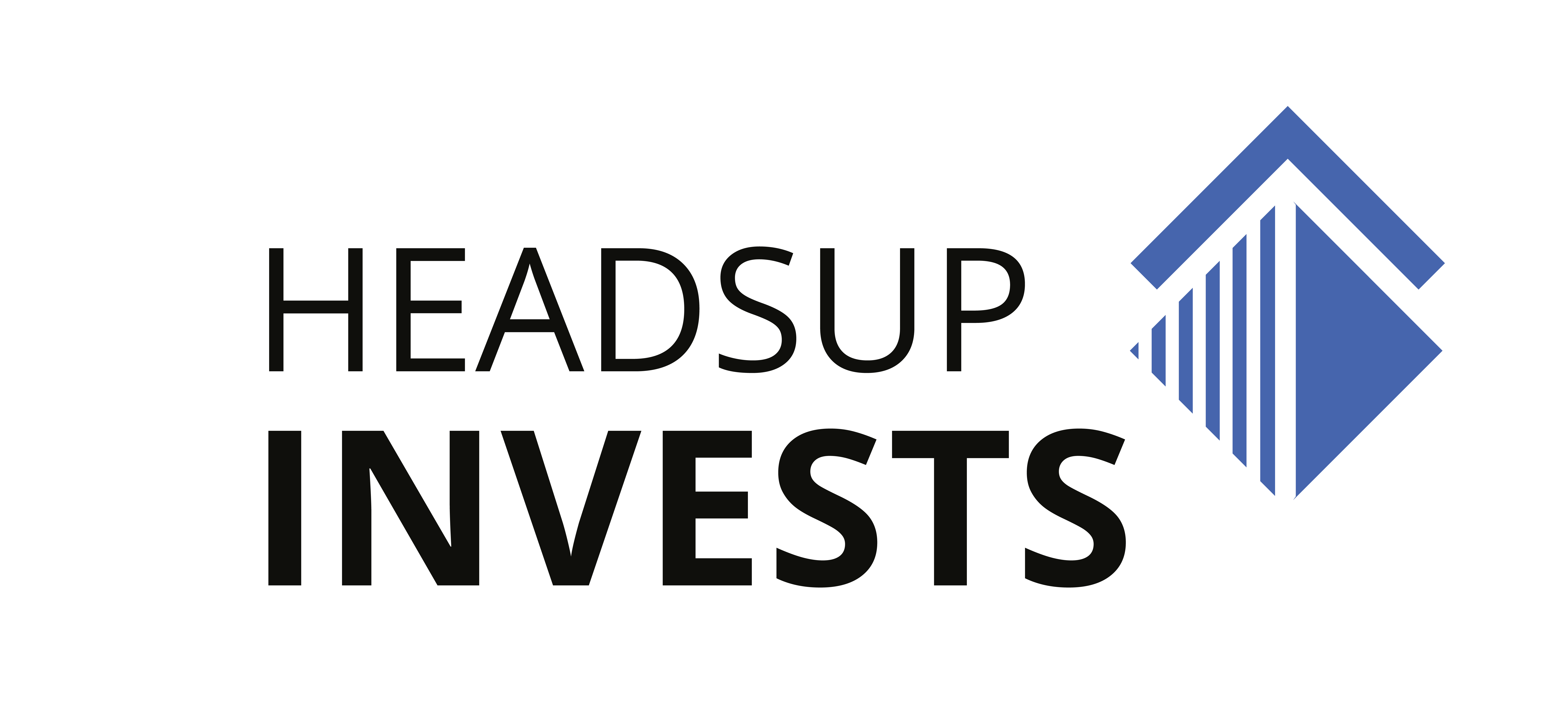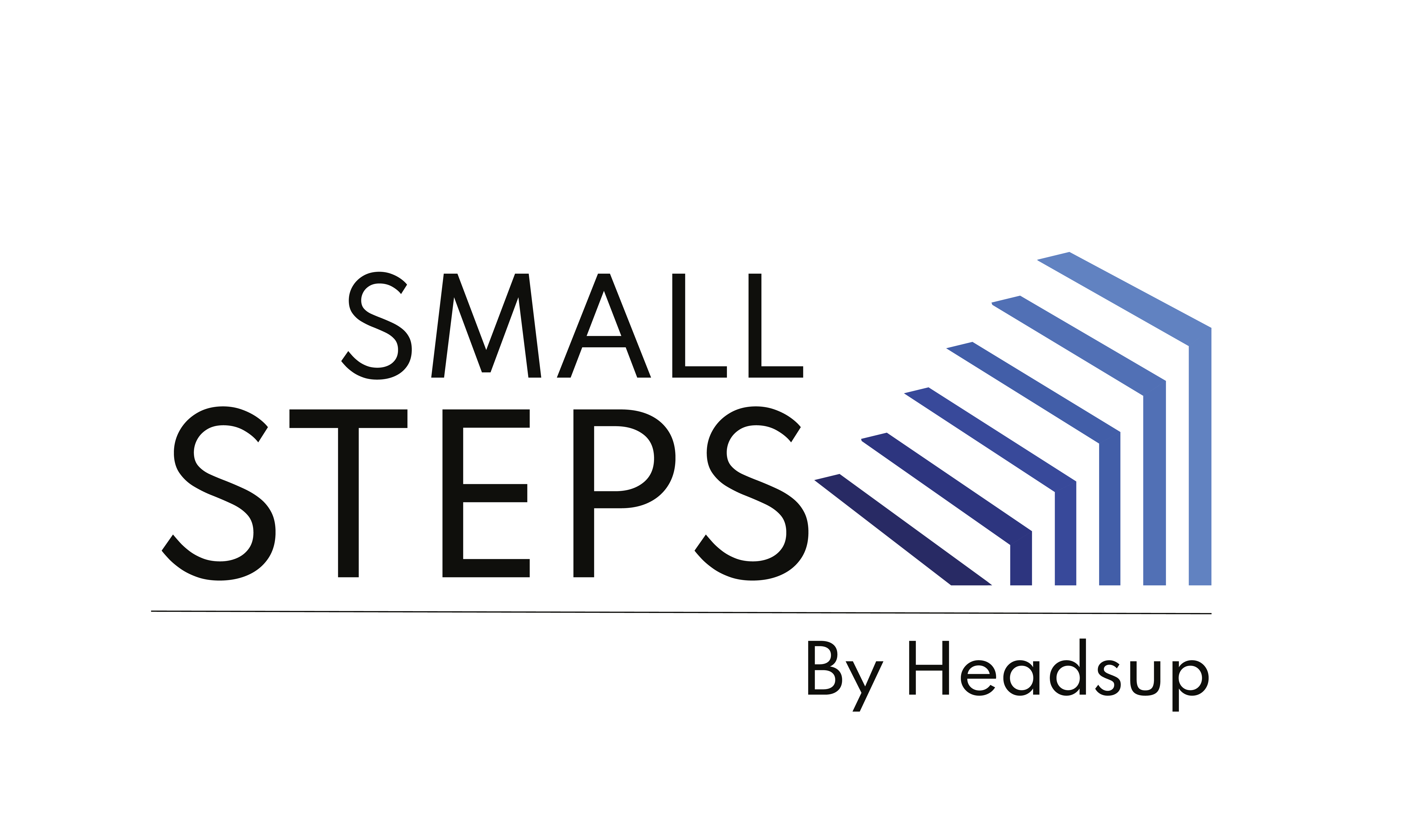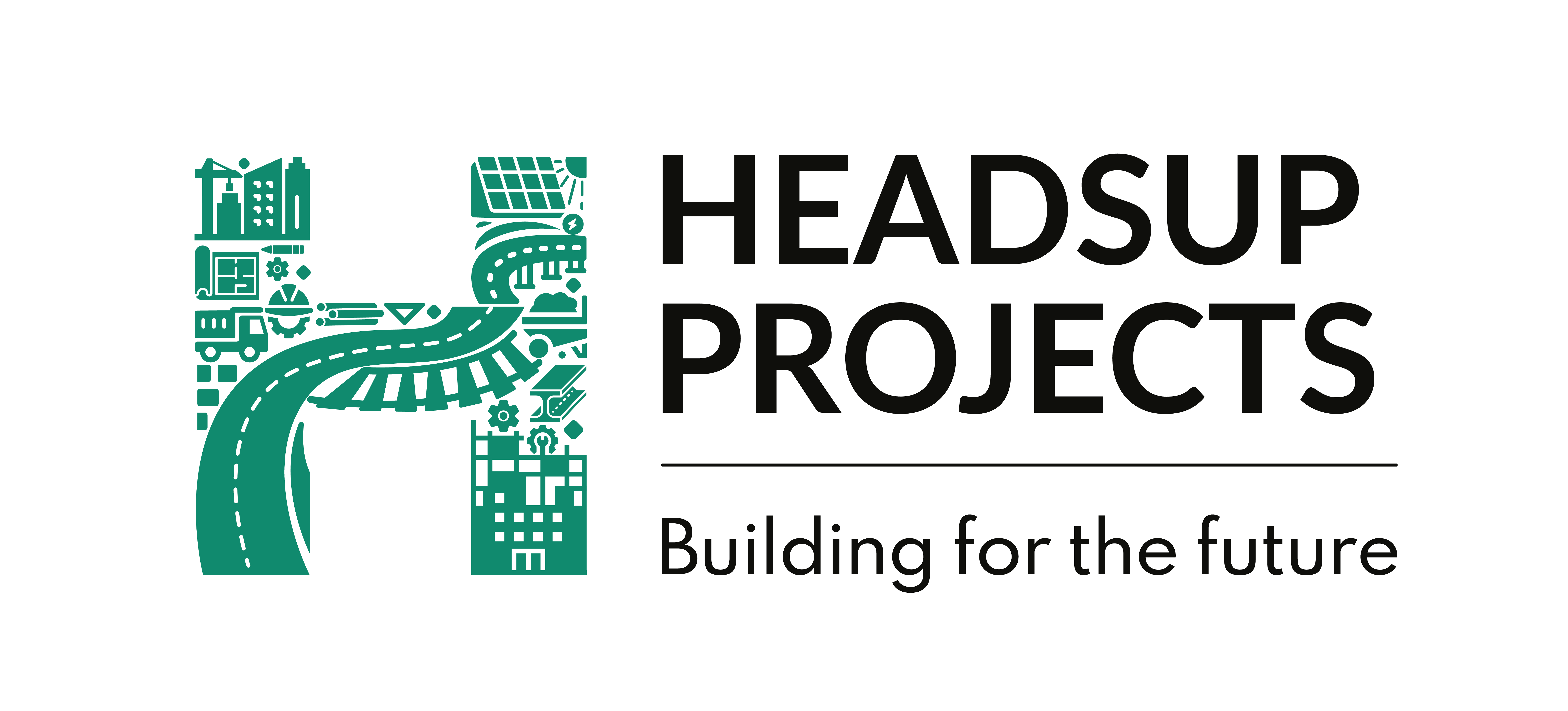Unconscious biases in the recruitment of the recruiter or interviewing panel can have a problematic and critical effect on the judgment while hiring a candidate, which may often lead to hiring the wrong candidates for a particular role. Thus, the recruiting managers are necessarily required to understand how to de-bias their recruiting procedures and practices. In this blog, we will discuss a few effective strategies and tactics to reduce bias in hiring. Read on.
The Top Strategies to Overcome Unconscious Bias in a Hiring Process

1. Defining the job role instead of the person
An ideal job description is usually the entire list of duties that the incumbent require to conduct in the job role and not the things that they require having. The right approach is to assess an interviewee’s past performance in doing comparable work rather than judging just the first impression and presentation skills of a candidate.
2. Conducting phone screening in the first round
A phone screening in the initial round means a lesser personal nature of interacting and reducing the bias by possibly eliminating the visual clues & primarily focusing on the general fit & the incumbent’s past performance and growth record.
3. Arranging for panel interviews
Till the time the interviews are semi-scripted & the interviewers on the panel have their assigned roles, this is very difficult to bias or overwhelms the procedure.
4. Not making snap judgments
Once the interview begins, the recruiter or the interviewing panel should force themselves in making the final decision at least after 30 minutes once all the candidates are interviewed. This 30-minutes time should be utilized well in comparing the performances of the candidates in the interview technically. This will help in removing bias from recruitment.
Being a juror instead of a judge
The instructions of a judge to all the jurors are always the same. So, you need to determine all the evidences before reaching a conclusion. All interviewers should necessarily adhere to his advice to eliminate unconscious bias in hiring.
Treating the candidates as expert consultants
The interviewers show a high level of regard to the highly experienced candidates who appear for the interview but does not treat the lesser experienced candidates with the same courtesy. This should not be the case and the interviewers should treat all the incumbent interviewees with same courtesy during the interview irrespective of their skills and experience. This will eliminate unconscious bias in recruitment.
Using a talent scorecard for sharing
This is very essential for eliminating the gladiator voting where the candidate with the biggest thumb ultimately wins. In lieu of that, the interviewers should look for the needed motivation and competency for working in the role in which the hiring is going on.
Measuring the first impressions
If at all first impressions are gaining success in a job, you should access the first impression of the candidate at the interview’s end. This will help in tackling unconscious bias in hiring practices.
Conducting a work sample test – A work sample test mimics most of the tasks that the selected candidate will be accomplished in the concerned job role and will be one of the best indicators of the candidate’s job performance in the future. A skill test will provide crucial insights into the candidate’s skills and reduce bias in hiring.
Wrapping Up!
While each of the above-mentioned tips helps largely in minimizing the overall impact of the bias of the interviewers while interviewing the candidates, this is even better when all these steps are preferably embedded in the process of the company’s hiring. Following the above tips will minimize the interview bias and ensure that every candidate is objectively assessed before the final selection for the concerned role.








